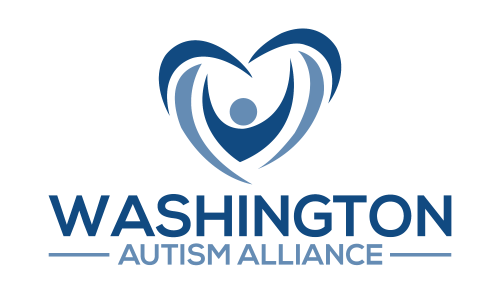
Autism Spectrum Disorder (ASD) affects individuals in various ways, impacting their social communication, behavior, and interests. While individuals with autism possess valuable skills and talents, they often face significant challenges in securing and maintaining employment.
The Statistics
The employment statistics for individuals with autism paint a concerning picture. Studies consistently show that people with autism experience significantly lower employment rates compared to the general population.
- A 2020 study by Drexel University found that only 58% of young adults with autism were employed during their early 20s.
- Research published in the Journal of Autism and Developmental Disorders reported that unemployment rates for adults with autism can be as high as 30-40%.
- Even when individuals with autism do find employment, they are often underemployed, working in jobs that do not fully utilize their skills and abilities.
The Barriers
Several factors contribute to the employment gap experienced by individuals with autism.
- Social Communication Challenges: Difficulties with social interaction, nonverbal communication, and understanding social cues can hinder individuals with autism in job interviews, networking, and workplace interactions.
- Sensory Sensitivities: Many individuals with autism experience heightened sensitivity to sensory stimuli, such as noise, light, and touch. This can make certain work environments overwhelming and challenging to navigate.
- Rigid Thinking and Routines: Some individuals with autism thrive on predictability and routines. Changes in work schedules, tasks, or expectations can be disruptive and anxiety-inducing.
- Stigma and Misconceptions: Unfortunately, stigma and misconceptions about autism persist, leading to discrimination and bias in the workplace. Employers may be hesitant to hire individuals with autism due to unfounded concerns about their abilities or potential accommodations.
Strategies for Change
Addressing the employment gap for individuals with autism requires a multifaceted approach:
- Early Intervention and Education: Providing early intervention services and inclusive education can equip individuals with autism with the skills and support they need to succeed in the workforce.
- Workplace Accommodations: Reasonable accommodations, such as flexible work schedules, quiet workspaces, or assistive technology, can enable individuals with autism to thrive in their jobs.
- Employer Education and Awareness: Raising awareness about autism and promoting neurodiversity in the workplace can help break down stigma and encourage employers to embrace the unique talents and perspectives of individuals with autism.
- Job Training and Support: Providing specialized job training and ongoing support can empower individuals with autism to navigate the job search process, develop their skills, and achieve their career goals.
The employment gap for individuals with autism is a complex issue with far-reaching consequences. By recognizing the barriers, implementing supportive strategies, and embracing neurodiversity, we can create a more inclusive and equitable workforce where everyone has the opportunity to contribute and succeed.


